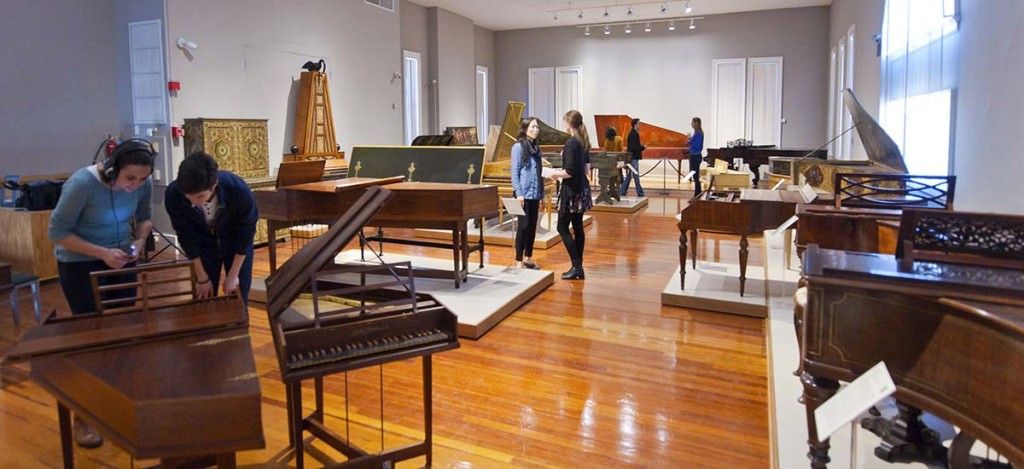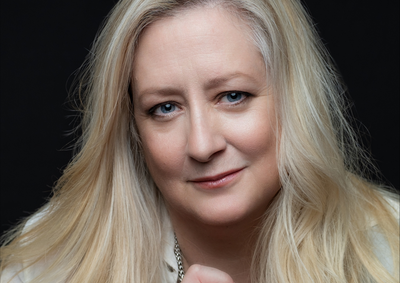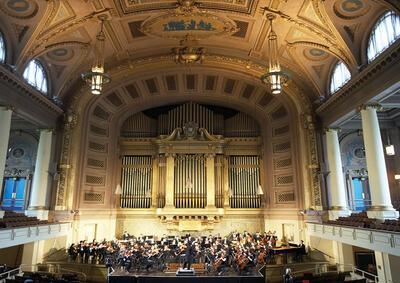New York Times: Plucking Notes, and Strings, of Long Ago
In 1640, Andreas Ruckers of Antwerp was producing harpsichords of such clarity and consistency that they were the envy of Northern Europe. Most of those harpsichords, like others of their vintage, have disappeared or been radically altered, sometimes with disastrous results.
One that hasn’t, however, sits among the more than two dozen period keyboards on display at the Yale Collection of Musical Instruments in New Haven. Apart from the slight extension of its range in the early 18th century, the floridly adorned, single-manual instrument remains fundamentally untouched, its soundboard yielding a brilliant tone that, on a recent weekday, carried throughout the collection’s quarters, a onetime fraternity house on Hillhouse Avenue.
“It’s like finding a classic car in an old barn,” said Dongsok Shin, a harpsichordist. “Not too much has been done to change it.”
For Mr. Shin, who serves as a sometime technician with the Metropolitan Opera and a tuner at the Metropolitan Museum as well as being an in-demand instrumentalist, the find is more than academic. On April 12, he will play the Ruckers with the El Mundo Ensemble in a program of 17th and 18th century music from Spain, Italy and Latin America.
“The Kingdoms of Castile,” devised and directed by the guitarist and lutenist Richard Savino, is part of a concert series held in a performance space carved out amid the keyboards on the second floor of the Hillhouse Avenue building. Dating from the mid-1960s, the series, like the collection, has long been known as a touchstone of refinement.
But a performer like Mr. Savino promises to push the boundaries of refinement, at least by the standards of early-music presentation. A Grammy nominee in 2011 known for his freewheeling sensibility — Mr. Shin likened his approach to “controlled chaos” — he offers an aesthetic more spirited than sedate.
“It’s not mainstream Baroque performance,” said William Purvis, the collection’s director. “I’m very curious to hear it.”
[…]
Mr. [Nicholas] Renouf, who is managing the El Mundo concert, said the gatekeepers of the performance space are mindful of instruments like modern violins, which can clash with the space’s very live acoustics.
“Every instrument is incomplete until it’s finished by being in an acoustic setting,” he said. “All musicians are aware of this, they suffer with it, they adapt to it. But there are limits. When you consider music that we are usually presenting, everything from Renaissance or medieval music on through 19th century salon music, it’s just not the place for music that would be in concert halls, where people’s whole being is to put out sound.”
The gatekeepers are also wary of players whose lack of restraint can damage instruments, though unpleasant surprises are rare. Many of the 100 or so instruments on display are in playable condition, but modern string players generally prefer using their own instruments, said Susan Thompson, a collection curator.
When a conflict does arise about playing or preserving a particular instrument, Mr. Purvis said he often feels compelled toward the latter. Not that the collection’s instruments don’t get a workout.
“Keyboard players throughout their lives play on instruments that are not their own,” Mr. Renouf said. “So we tend to highlight a lot of those in performance.” And among the keyboards, the Ruckers is prized.
Mr. Renouf said it had the “biggest sound per wire,” while Frank Rutkowski, who has worked as a conservator at Yale since the 1950s and performed general restoration on the Ruckers, said it was “famous for its clarity.” Mr. Savino declared it a “wonderful instrument, beautifully, meticulously restored.”
For his part, Mr. Shin, no stranger to animated Baroque performance — he is a longtime member of the aptly named early-music ensemble Rebel — cited the “cool” factor in playing the instrument.
“The equivalent,” he said, “would be if I were a bassist and someone asked if I would like to play one of Paul McCartney’s old basses.”






